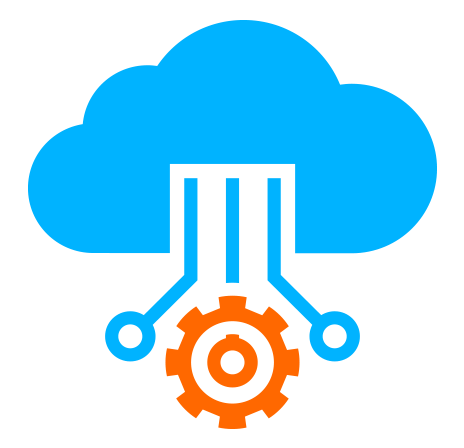 Server
Colocation
Server
Colocation
 CDN
Network
CDN
Network
 Linux Cloud
Hosting
Linux Cloud
Hosting
 VMware Public
Cloud
VMware Public
Cloud
 Multi-Cloud
Hosting
Multi-Cloud
Hosting
 Cloud
Server Hosting
Cloud
Server Hosting
 Kubernetes
Kubernetes
 API Gateway
API Gateway

In today’s data-driven business landscape, organizations are increasingly relying on advanced AI techniques to access, analyze, and interpret information quickly. One such technique gaining popularity is RAG (Retrieval-Augmented Generation). RAG combines the power of large language models (LLMs) with retrieval systems to provide more accurate, context-aware, and up-to-date responses.
This article explains how to use RAG effectively and outlines the best query types for maximizing its potential.
What is RAG?
Retrieval-Augmented Generation (RAG) is an AI approach that enhances generative AI models by integrating external knowledge sources. Unlike standard AI models library that rely solely on pre-trained data, RAG can:
- Retrieve relevant documents from databases, knowledge bases, or the internet
- Generate answers using the retrieved information for accuracy
- Provide context-aware responses to complex queries
Moreover, RAG allows businesses to leverage existing data while benefiting from AI’s language understanding, making it ideal for customer support, content generation, and research.
How to Use RAG Effectively
Connect your RAG model to internal databases, product catalogs, and documentation. This ensures responses are accurate, current, and relevant.
Ensure that documents and data sources are clean, structured, and optimized for search. Effective preprocessing improves retrieval quality and reduces errors in generated responses.
RAG is most effective when deployed for specific tasks, such as:
- Customer support chatbots
- Knowledge management
- Research assistance
- Marketing content generation
Fine-tuning the language model on domain-specific data improves contextual understanding and generates more precise responses.
Continuously monitor output quality and update knowledge sources to maintain accuracy and relevance.
Best Query Types for RAG
RAG excels at retrieving factual information from structured or unstructured data. Example:
- “What is the warranty period for product X?”
These queries require understanding the context of user input. Example:
- “Which cloud hosting plan suits a small e-commerce business with 10,000 monthly visitors?”
RAG can handle queries that require combining information from multiple sources. Example:
- “List all data centers in India offering Tier III+ certification and high-speed connectivity.”
Users often seek comparative insights. RAG can generate well-informed comparisons. Example:
- “Compare NVIDIA H100 and A100 GPUs for deep learning performance.”
RAG is effective for summarizing long documents or reports. Example:
- “Summarize the latest AI trends in customer service for 2025.”
Advantages of Using RAG
Up-to-Date Responses: Retrieves the latest information from connected sources.
Accuracy and Reliability: Reduces hallucinations common in standard generative AI.
Scalability: Can handle large datasets and knowledge bases.
Improved User Experience: Provides relevant, context-aware answers, enhancing satisfaction.
Cost Efficiency: Reduces human effort for research, support, and content creation.
Moreover, integrating RAG with tools like chatbots, virtual assistants, or analytics dashboards allows businesses to automate information retrieval while maintaining high accuracy.
Implementation Tips
1. Select Relevant Data Sources: Include only high-quality and authoritative sources.
2. Optimize Retrieval Algorithms: Use vector search, embeddings, or semantic search for fast and precise retrieval.
3. Maintain Knowledge Base Updates: Regularly update data to ensure RAG generates current and relevant responses.
4. Monitor Model Performance: Track accuracy, relevance, and user satisfaction to refine queries and retrieval strategies.
5. Combine with Human Oversight: For critical decisions, include human verification of RAG outputs.
Conclusion
RAG (Retrieval-Augmented Generation) is revolutionizing how businesses access and leverage data. By combining LLM with retrieval systems, RAG delivers context-aware, accurate, and up-to-date responses, making it invaluable for customer service, research, and content generation.
Moreover, understanding the best query types—fact-based, contextual, multi-step, comparisons, and summarization—ensures businesses maximize the value of RAG. In addition, continuous monitoring, fine-tuning, and integration with knowledge bases make RAG a powerful tool for enhancing efficiency, accuracy, and user satisfaction in modern enterprise operations.

Let’s talk about the future, and make it happen!
By continuing to use and navigate this website, you are agreeing to the use of cookies.
Find out more


